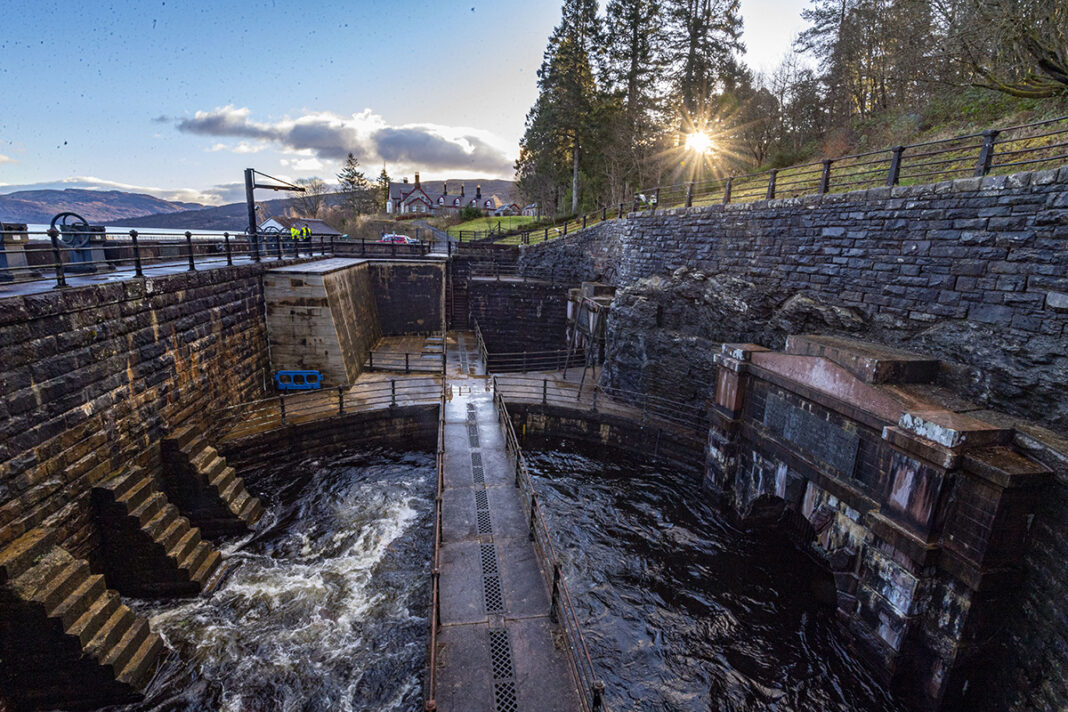
SCOTTISH Water has announced that a £20 million project to upgrade the Katrine Aqueduct, which serves more than 1.3 million people in parts of Greater Glasgow and the central belt, has been completed.
The initiative to improve and refurbish parts of the two aqueducts, the first 34 miles long and the second 23.5 miles long, which take water from Loch Katrine to two of Scotland’s biggest water treatment works, has been tipped to help improve the security of the water supply to customers for generations to come.
The investment was the latest phase of the biggest upgrade to the megastructure since the first aqueduct was built in 1859.
A total of 17 miles of tunnel sections had concrete and masonry repairs and 10 bridge sections had masonry and metalwork repairs carried out over the past two years.
The aqueduct takes raw water by gravity, with no need for pumping, along its two routes from the south shore of Loch Katrine to the Milngavie and Balmore Water Treatment Works (WTW).
One of the most challenging parts of the project, which was carried out by contractor George Leslie, was work to stabilise exposed rock sections, during which the project team used a technique that involved drilling into the rock, inserting steel anchor bolts up to two metres long, attaching steel mesh reinforcements and then spraying concrete until structural integrity was established.
Scottish Water explained that complex drilling rigs had to be set up within the tunnels to install the stabilising rock anchors.
Reconstructed areas of masonry on every part of the structure had to be matched with the existing stonework.
Scottish Water liaised with Historic Environment Scotland on the work, including refurbishment of the Duchray Old Truss Bridge and the Kinlochard and Castleburn bridges, which are listed structures. As well as upgrade work to both aqueducts, the project included a survey to improve understanding and feed into a 25-year management plan for the aqueducts.
David Wilkinson, Scottish Water’s senior project manager, said, “The Katrine aqueducts, which were part of a scheme opened by Queen Victoria in 1859 to provide Glasgow with its first proper water supply and help tackle disease, were a remarkable feat of engineering of their day and remain an outstanding example of sustainable civil engineering public works construction. They have stood the test of time and are still performing very well but, despite some improvement work over the years, they required substantial improvement and refurbishment to ensure they continue to operate efficiently.
“This investment by Scottish Water will help ensure we continue to provide a first-class service to a massive number of customers for many years to come and will help maintain the legacy of our Victorian forefathers who built them a more than 160 years ago. All of the team feel privileged to have been involved in such a unique project. We all felt a degree of responsibility for making sure that the full scope of remedial work was delivered, and that it was done to the high standards set by the Victorian engineers.”











